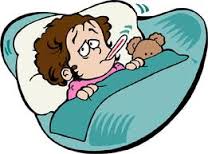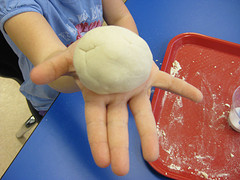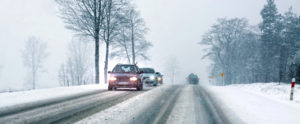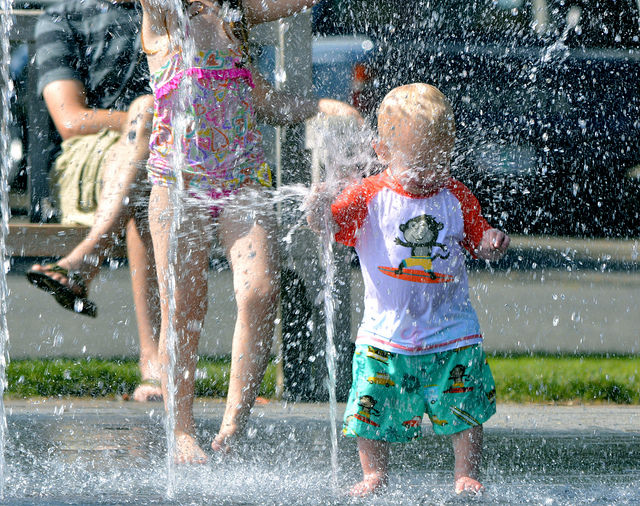 Summer is coming, so it is an important time to talk about the specific safety issues of the season:
Summer is coming, so it is an important time to talk about the specific safety issues of the season:
SUNSCREEN
- Apply early and repeat. For kids six months and older (as well as adults), sunscreens with a Sun Protection Factor (SPF) of 15 or greater reduce the intensity of UVRs that cause sunburns. Apply liberally 15 to 30 minutes before sun exposure, so it can absorb into the skin and decrease the likelihood that it will be washed off. Reapply every two hours and after kids swim, sweat or dry off with a towel. .
- Cover up. Dress kids in protective clothing and hats. Clothing can be an excellent barrier of ultraviolet rays. Many light-weight sun-protective styles cover the neck, elbows and knees.
- Keep infants out of the sun. Keep babies younger than six months out of direct sunlight, dressed in cool, comfortable clothing and wearing hats with brims. The American Academy of Pediatrics (AAP) says sunscreen may be used on infants younger than six months on small areas of skin if adequate clothing and shade are not available. Ask your host family if they want you to use sunscreen on an infant.
- Plan early morning play. Avoid over exposure to sun by avoiding peak-sun hours (10 a.m. to 4 p.m.) as much as possible. Make sure you all can get a break from the sun when needed.
- Beware of shade. Shade does provide relief from the heat, but it offers a false sense of security about UVR protection. You can still sunburn in shade, because light is scattered and reflected. A fair-skinned person sitting under a tree can burn in less than an hour.
- Check the weather. Look for the ultra-violet (UV) index (on a site like Weather.com) when planning outdoor activities; it predicts the intensity of UV light based on the sun’s position, cloud movements, altitude, ozone data and other factors. Higher UV index numbers predict more intense UV light.
POOL/BEACH RULES
Here are tips to prevent accidents around the water. Also read this article: http://www.slate.com/articles/health_and_science/family/2013/06/rescuing_drowning_children_how_to_know_when_someone_is_in_trouble_in_the.html
- EYES ON THE KIDS AT ALL TIMES: Even if your kids are swimmers, they MUST be watched. Anything can happen in the water – do not rely on lifeguards. YOU are in charge!
- Stay within arms reach of young children in the water.
- Never allow young children near the water without an adult.
- Inexperienced and non-swimmers should wear a life jacket in the water.
- Stay off cell phones. Do NOT allow yourself to get distracted when your kids are around water.
- Only swim when a lifeguard is on duty at a public pool or beach, and never swim alone.
- Kiddie pools in backyards should be drained after use.
- For houses that have swimming pools, BRING EVERYTHING YOU NEED TO THE POOL WHEN THE KIDS GO IN!! Don’t run back inside because you forgot a towel and leave the kids unattended!
- Never prop the gate to a pool open!
INSECTS
- Check for allergic reactions. Some kids react to insect bites more than others. If your child gets bitten and seems to have an allergic reaction to the bite, ask your host parents if you should seek medical attention or give your child an oral antihistamine or other medication.
- Beware of serious bug-borne illnesses. West Nile is a virus you may hear about when the heat strikes. If you hear of instances in our area, and your child has bites and flu-symptoms (including muscle-stiffness), talk to your host parents about seeing a doctor. It’s better to be safe.
- Check for ticks. Ticks thrive in warm, moist, woodsy areas, so ideally kids should wear long clothing to cover their skin when walking in the woods or tall grass. Clothes are a culprit, too; ticks can come in on a t-shirt! If the clothes aren’t dirty enough to need washing, do it anyway. Placing clothes in the dryer on high heat for at least an hour will kill any ticks.
Kids six and older can check themselves, with adult guidance, but they must check their entire body, not just forearms and legs: under the arms, in and around the ears, inside the belly button, back of the knees, in and around the hair, between the legs, around the waist, etc. If a child develops any rash or fever after a tick bite, talk to your host parents about seeing the doctor.
DEHYDRATION
You may be surprised how much — and when — kids should drink liquids. To prevent dehydration, kids should drink 12 ounces of fluid 30 minutes before an activity begins and take mandatory fluid breaks (like many day camps require), with kids under 90 pounds drinking five ounces every 20 minutes during activities, and kids over 90 pounds drinking nine ounces every 20 minutes. Tip: A child’s gulp equals a half-ounce of fluid, so your child should drink about 10 gulps for every 20 minutes of play. The Safe Kids Coalition urges parents and caregivers to watch for warning signs of dehydration, such as thirst, dry or sticky mouth, headache, muscle cramping, irritability, extreme fatigue, weakness, dizziness or decreased performance.
HELMET DURING BIKE RIDING, SKATE BOARDING, ETC.
Make a family rule: no helmet, no wheels. ALWAY’S REMEMBER TO BUCKLE THE CHIN STRAP!!
NEVER LEAVE KIDS ALONE IN A CAR – EVER!!!!
Never leave a child alone in a car, even for a minute. Fatalities can occur at temperatures as low as the mid-50s because a vehicle heats up so quickly. Children are at a great risk for heat stroke because their bodies heat up three to five times faster than an adult’s does. This rule always applies in all weather.
Summer Gear to keep in your vehicle/in your possession:
- Cell phone
- Water
- Medications for chronic conditions, an epi-pen for a child with known allergies
- Antibiotic cream for cuts and scrapes, bandaids
- Crushable icepack for bruises
- Sun protection
- Hats and sunglasses
- Insect repellent
- Tweezers for ticks

 Unfortunately, kitchen accidents happen every year because people forget basic safety principles. Read the kitchen tips listed below to remind yourself how to practice good kitchen safety in your home.
Unfortunately, kitchen accidents happen every year because people forget basic safety principles. Read the kitchen tips listed below to remind yourself how to practice good kitchen safety in your home. The purpose of this article is to provide information and offer suggestions to au pairs with regard to caring for children who are ill. It is intended that au pairs discuss this information with their host parents as they might want to modify or expand on what is presented here.
The purpose of this article is to provide information and offer suggestions to au pairs with regard to caring for children who are ill. It is intended that au pairs discuss this information with their host parents as they might want to modify or expand on what is presented here.
 One of the most valuable features of the cultural exchange experience that hosting an au pair provides for our host families is the love of language and learning that it brings to the host children. If you want your children to grow up learning another language (or several!), au pairs are a great way to give kids regular exposure and daily practice with foreign language and vocabulary, during their most formative years.
One of the most valuable features of the cultural exchange experience that hosting an au pair provides for our host families is the love of language and learning that it brings to the host children. If you want your children to grow up learning another language (or several!), au pairs are a great way to give kids regular exposure and daily practice with foreign language and vocabulary, during their most formative years. If the snow &/or ice is heavy or threatening to become heavy, don’t go out. It is not worth the risk. Cancel, change plans, make due. If you must go out, keep the trip as short as possible, and follow these guidelines.
If the snow &/or ice is heavy or threatening to become heavy, don’t go out. It is not worth the risk. Cancel, change plans, make due. If you must go out, keep the trip as short as possible, and follow these guidelines. Driving with kids in the car can be particularly distracting especially if there is crying, whining, or some other issue that warrants attention. It is hard to ignore children who want attention, but when you are driving you need to remain focused on DRIVING!
Driving with kids in the car can be particularly distracting especially if there is crying, whining, or some other issue that warrants attention. It is hard to ignore children who want attention, but when you are driving you need to remain focused on DRIVING!  The back pack is very important to review every day. It is one of the important links between school and home. Backpacks quickly become disorganized and notices missed if not emptied every day. Here is a suggested daily routine that you can follow, or supervise your host children as they do it, depending on their age(s):
The back pack is very important to review every day. It is one of the important links between school and home. Backpacks quickly become disorganized and notices missed if not emptied every day. Here is a suggested daily routine that you can follow, or supervise your host children as they do it, depending on their age(s): It is important to have a good morning routine with your host kids on school days! Here are some tips to help:
It is important to have a good morning routine with your host kids on school days! Here are some tips to help: 